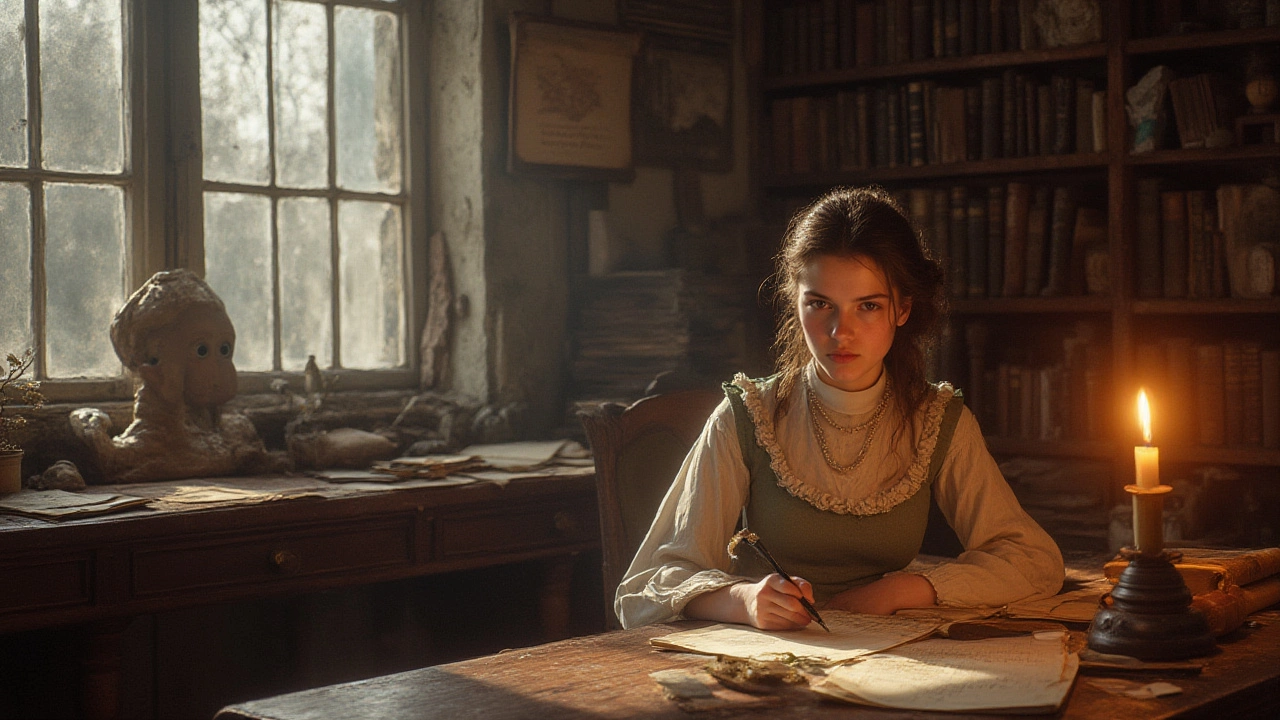History of Education: From Ancient Lessons to Modern Classrooms
Ever wondered why school looks the way it does today? It’s not by accident – centuries of trial, error, and big ideas shaped every desk, bell, and lesson plan. Let’s walk through the major moments that turned learning from informal apprenticeships into the structured system we know now.
In ancient Mesopotamia, teachers used clay tablets to teach scribes how to write cuneiform. That early focus on reading and writing set a pattern: societies value the ability to record and share information. Fast‑forward to ancient Greece, where philosophers like Socrates started asking questions instead of just reciting facts. The “Socratic method” turned classrooms into conversations, a habit that still powers debates in today’s English lessons.
Middle Ages: Churches, Guilds, and the First Schools
When the Roman Empire fell, monasteries became the main places of learning. Monks copied books by hand, preserving knowledge for future generations. Around the same time, medieval guilds taught apprentices trades through hands‑on practice – an early form of vocational education. By the 12th century, cathedral schools began offering broader curricula, including Latin, arithmetic, and the basics of astronomy. These institutions laid the groundwork for the first universities in Bologna and Paris.
Why does this matter for a primary school today? Those early schools taught us two things that still matter: learning is a community activity and structured instruction helps pass knowledge across generations. Modern primary schools like Ballywalter continue that tradition by creating safe spaces where kids learn together.
Renaissance, Enlightenment, and the Rise of Public Education
The Renaissance sparked a love for humanism – the belief that education should develop the whole person, not just memorise facts. Think of Leonardo da Vinci sketching ideas in notebooks while learning geometry. Later, Enlightenment thinkers such as John Locke argued that children are blank slates, ready to be shaped by experience. This philosophy pushed for universal schooling, leading to the first public schools in the 19th century.
In England, the 1870 Education Act made elementary education free and compulsory. That law turned school from a privilege into a right, ensuring every child, regardless of background, could learn to read, write, and count. This democratization of knowledge echoes today’s inclusive policies, like using respectful language for special needs and offering scholarships to support every learner.
Fast‑forward to the digital era: online platforms, interactive whiteboards, and data‑driven teaching tools have reshaped classrooms. Yet the core goal stays the same – to give each child the tools to think, create, and participate in society. Understanding the history of education helps teachers see why certain practices exist and where there’s room for improvement.
So next time you walk into a school hallway, remember you’re stepping into a tradition that stretches back thousands of years. From clay tablets to cloud‑based learning, the journey shows that education is always evolving, but the mission stays steady: help every learner reach their potential.
-
4
- 0
Uncover when distance learning truly began, from 19th-century correspondence courses to today's virtual classrooms. A deep look at its surprising history. Read more
Tags Weight
- education
- exam preparation
- study tips
- adult education
- online courses
- adult learning
- lifelong learning
- distance learning
- GCSE revision
- online education
- private tutoring
- special needs education
- scholarships
- remote learning
- scholarship tips
- financial aid
- international students
- effective learning
- e-learning
- education funding

